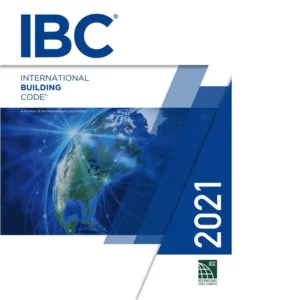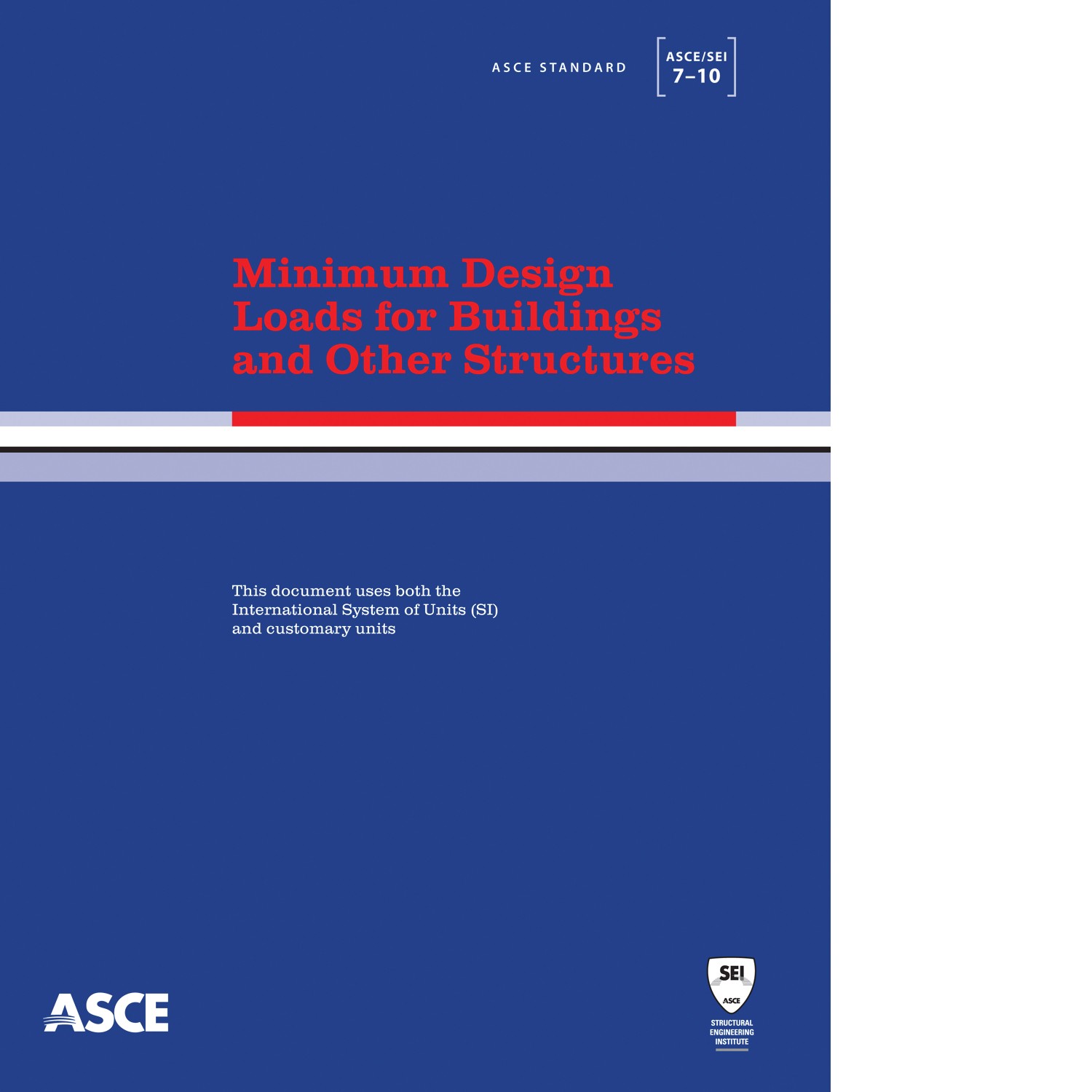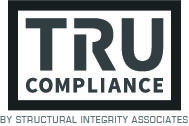IBC COMPLIANCE CERTIFICATION
The International Building Code (IBC) has been adopted as the model building code for all 50 states in the U.S., as well as many countries throughout the world. Many jurisdictions modify or add to the IBC, but the basic requirements remain the same.
The IBC requires that wind loads on every building or structure be evaluated in accordance with ASCE Standard 7 Minimum Design Loads for Buildings and Other Structures (ASCE 7). Although the IBC contains some information regarding load development, ASCE 7 contains the majority of information required to evaluate products and equipment for wind loading.

ASCE 7
ASCE 7 is the reference standard used to determine forces due to wind, and it provides the means and methods to evaluate loading on equipment for buildings and other structures. The design forces on equipment are influenced by wind speed, risk category, exposure, topography, and installation location.
Basic wind speeds have been mapped throughout the country and can be determined using the maps in ASCE 7 or based on an address or lat/long using the Applied Technology Council’s Windspeed By Location tool. The basic wind speeds are adjusted based on the building’s risk or occupancy category. The Risk Category is determined based on the intended use of the building. High importance buildings (Category III or IV) use higher basic wind speeds than Category I or II buildings. Older versions of the code accounted for Risk Category using an importance factor, rather than changing the basic wind speed.
Exposure of the building and surrounding topography also affect the design forces. A building sitting at the edge of a lake is more exposed to wind than a building surrounded by trees or other buildings, so the wind forces will be higher. Also, certain topographies can cause wind to speed up or slow down as it approaches the building. These criteria need to be accounted for in the evaluation.
Installation height above ground also plays a role in wind forces. The higher a unit is installed above ground, the higher the wind forces will be. Therefore, rooftop equipment, especially on tall buildings, will see much higher forces than equipment installed at grade. Also, equipment installed on buildings (rooftop equipment) will see amplified forces as discussed below in further detail.

LOAD DEVELOPMENT
ASCE 7 breaks the loading down into two main areas: Main Wind-Force Resisting Systems (MWFRS) and Components and Cladding. Components and cladding receive the wind forces, while the MWFRS transfers the wind forces through the component and down to the supporting structure. For many types of equipment, the components and cladding can also act as the MWFRS (i.e. the roof or walls of an air handling unit). Chapters 27 and 28 discuss wind loads on buildings, Chapter 29 is for wind loads on other structures and building appurtenances, and Chapter 30 details the requirements for components and cladding.
Wind loads on buildings
The chapters for wind loads on buildings are often, and sometimes incorrectly, used for products and equipment. Although appropriate in certain situations, these sections cannot be used on their own to certify equipment. These chapters were written to be used with free-standing buildings or building-like structures, and they only pertain to the MWFRS. An example of where this would be appropriate is the MWFRS of a generator enclosure mounted on the ground, separate from a building. However, that same enclosure could not be evaluated using these methods if it were mounted on the roof of a building. Certain parts of the enclosure would also need to be evaluated as components and cladding.
Rooftop equipment
Chapter 29 of ASCE 7 has a special section for other structures and rooftop equipment. This is the main section used for products and equipment for buildings. Rooftop equipment is subjected to high turbulence and accelerated wind speeds. To account for this, the forces on these components are amplified for both the horizontal and vertical uplift pressures. The forces determined in this section can be significantly higher than those determined for the building. Rooftop equipment often requires some form of upgrading to meet the requirements in high wind areas.
Components and cladding
All equipment and products must be checked for components and cladding forces. These forces are applied as pressures to the individual parts and pieces of the equipment. These pressures are often higher than what is considered for the MWFRS because the individual components will see localized high pressures due to vortexing. Designing for these forces is important to keep individual parts from sustaining damage or separating from the unit during a wind event.
Anchorage
Equipment and products must be anchored to the roof structure to resist the lateral and uplift forces due to wind. The forces used for anchoring the equipment are the same as those used to design the MWFRS. Anchorage due to wind should be coordinated with the seismic forces to determine which load case controls the design.
